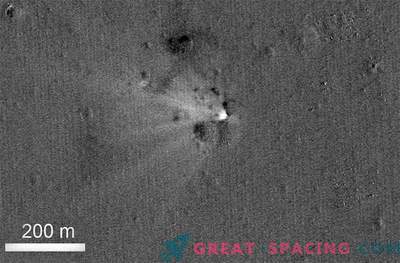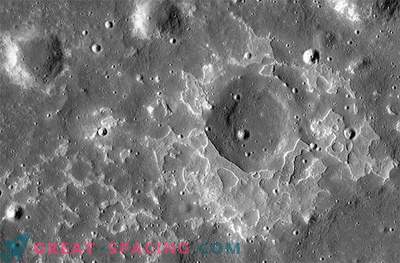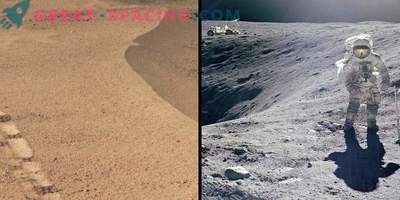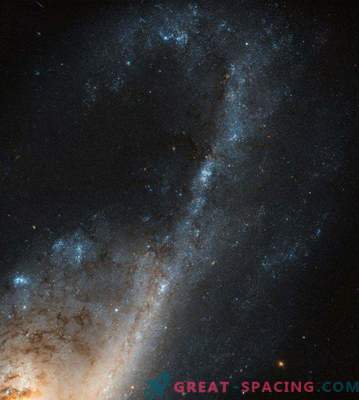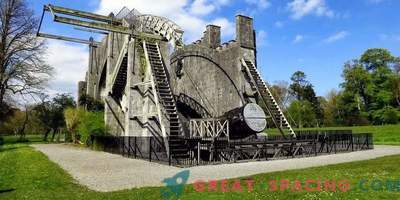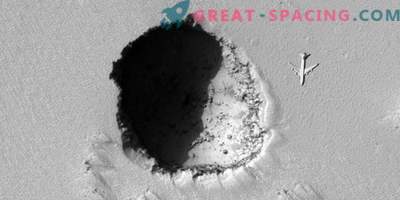
The previously unknown lunar crater was named after the famous American aviator Amelia Earhart.
Partially buried under the lunar surface, the crater is located on the front side of the Earth in an area called the Clarity Basin. In other words, one of the largest craters on the Moon has gone unnoticed throughout the entire modern history of mankind.
The crater, which is 124 miles wide, was discovered by scientists from a program to study the gravitational field and the internal structure of the moon (GRAIL) using two satellites, which were used to detect very small gravitational anomalies below the lunar corona.
"This is one of the biggest craters on the Moon, but no one knew about its existence," said lead researcher Jay Melosh from Purdue University and a member of the scientific group GRAIL. “The craters were named after researchers or scientists, but Amelia Earhart was not given this honor. She tried to make a world flight, and we think she deserves to be immortalized, thus inspiring many future researchers and astronauts.”
Mission GRAIL began its work in 2012, creating a gravitational map of the moon. The mission consists of two satellites, nicknamed “Ebb” and “Flow” (“tide” and “ebb”). As they approach the lunar surface, they have recorded very small gravitational changes that are directly related to changes in density in the lunar crust. These gravitational disturbances cause one of the probes to accelerate slightly (or slow down), with the result that tiny changes in the distance between the probes were measured with high accuracy. Traveling to the moon’s orbit throughout the year, the satellites allowed the creation of a global gravitational map of the moon.
Using a new data processing technique, the team of Melosh was able to detect the hidden crater, which formed an almost perfect circular structure.
“The structure turned out to be the edge of an ancient crater, which was so large that we couldn’t even immediately identify it,” said Rohan Süd, a graduate student at the Purdue Aeronautics and Astronautics School.
In the future, the Purdue team hopes to use its analysis technique to detect small structures formed by ancient volcanic activity.
The name of the “hidden” crater on the moon in honor of Earhart is not only the memory of the American explorer, but also a hint at the mysterious circumstances under which Amelia Earhart and her navigator Fred Noonan disappeared. In 1937, while trying to go around the globe, Earhart and Noonan disappeared. They are believed to have disappeared in the Howland region of the central Pacific.
To this day, it is not clear what happened on that fateful flight, although a part of the lost Earhart plane was found last year.
Now the Perdue team will submit its name to the International Astronomical Union - the official body that gives the names of celestial bodies.



